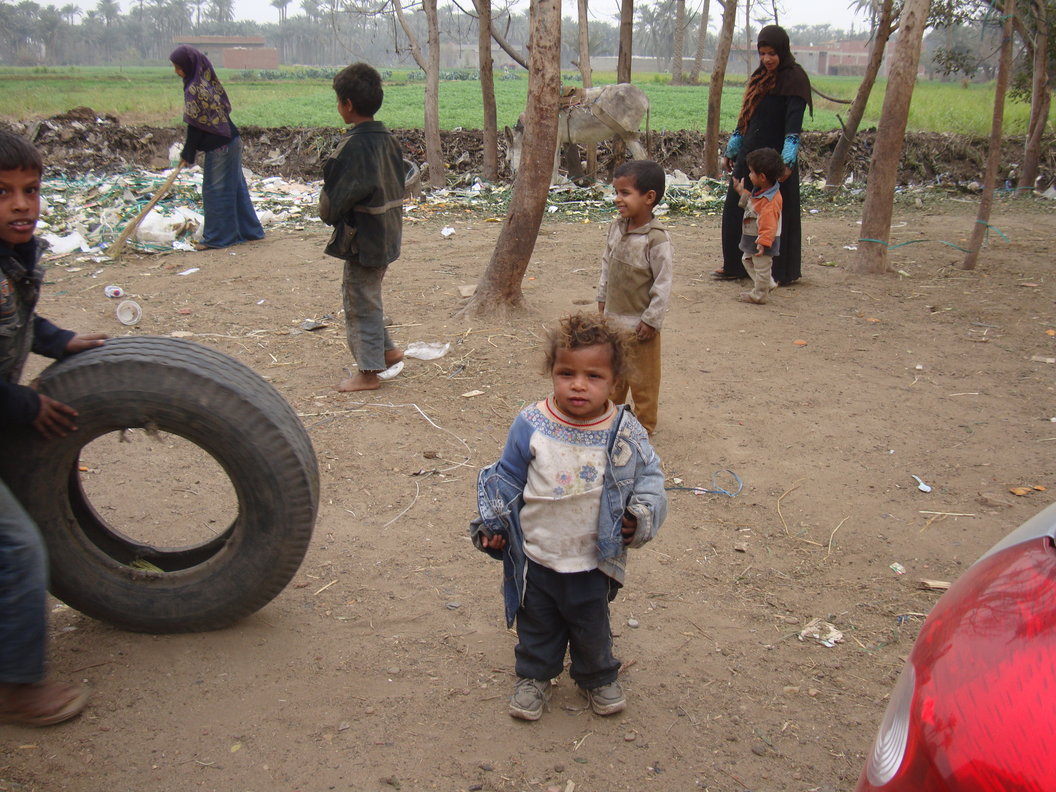VERMONT: As the direct Israeli-Palestinian peace talks in Washington begin, the US mediation team will need to be attentive to several invisible elements. Even as the parties are talking about specifics — boundary lines, water rights, and such — there’s more going on under the surface that, if ignored, can derail a successful conclusion.
Everyone already knows the basic elements of a two-state solution. There are bitter pills and unfulfilled dreams for both parties in this settlement, and pockets of resistance to it — sometimes violent — in both populations.
To manage that successfully, the leaders on both sides need to articulate a positive future vision so compelling as to make the sacrifices worthwhile. This vision needs to be framed from a big-picture perspective: a just, viable, and sustainable peace that also brings regional stability and prosperity. Every concrete item under discussion should be referred back to that goal: how will agreeing or not agreeing on any one matter contribute to that ultimate outcome?
Parties in deep-rooted conflicts will often develop recognizable patterns. They will accuse each other of being the roadblock; set up the other side to fail so it can be blamed for lack of progress; or try to convince outsiders that the other side is at fault. In fact, this conflict is a mutual dance, where actions and reactions are completely intertwined. Taking responsibility for one’s own contributions to the spiraling enmity is harder than blaming the other, but necessary.
Another pattern involves competing victimhoods, as if one side’s suffering is bigger or more important than another’s. What is true, here and in all violent conflicts, is that the loss of life, homes, loved ones, hope, land, and way of life in each individual’s experience is immeasurable.
It’s important to recognize the deep trauma on both sides. Each side has inflicted harm on the other, and has experienced its own pain within the context of its history and collective narrative. Clearly the road to peace will need to involve the building of trust, the healing of wounds, and ultimately – reconciliation.
These current peace talks are an opportunity for the parties to stop the cycle of violence before it escalates even further. Each missed opportunity only makes the healing journey that much harder, and with decades of broken bodies, agreements, and dreams, that road is already difficult enough.
So the combination of a compelling vision, acknowledging mutual responsibility, and a commitment to stop the violence and start the healing are the true components of a successful peace process, regardless of any specific details of an agreement. Yet there is one more critical element if this peace is to be sustainable — transforming the essential story of the relationship.
After decades — some would say centuries — of a feud that has infected the whole world with its deadly consequences, it’s time to change the core story of the relationship between Arabs and Jews from the rabid ‘us’ against ‘them’ narrative to one about ‘we.’
‘We’ are in this relationship together and always will be, and can choose to take each other down or raise each other up. ‘We’ are more than just ourselves; ‘we’ are also our neighbors in a larger regional story. ‘We’ are our ancestors through whose courage and anguish we came to this point, and our grandchildren who will bear the consequences of what we create. Forging a partnership of ‘we’ can and must be the lynchpin of this peace journey.
There is a difference between signing a peace accord and securing a lasting peace. The US mediation team will be concerned primarily with the former in this current round of talks. I hope they will also keep in mind the latter, and the invisible elements at play in the process. Secretary Clinton speaks of moving from a multi-polar world to a multi-partner world. These peace talks are a unique opportunity in that direction.
Louise Diamond, Ph.D., is the president of Global Systems Initiatives in Washington DC, which exists to foster systems thinking on complex global issues within the policy community. She is also president emeritus of The Institute for Multi-Track Diplomacy, where she was an international peacebuilder for many years. [email protected]; www.globalsystemsinitiatives.net. This article was written for the Common Ground News Service (CGNews).



